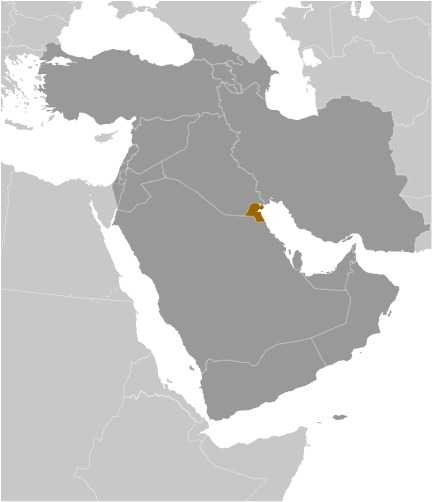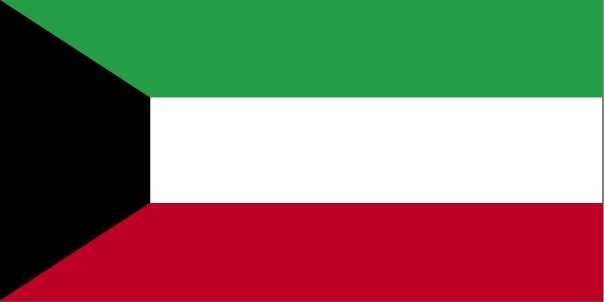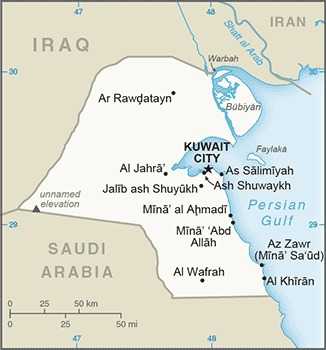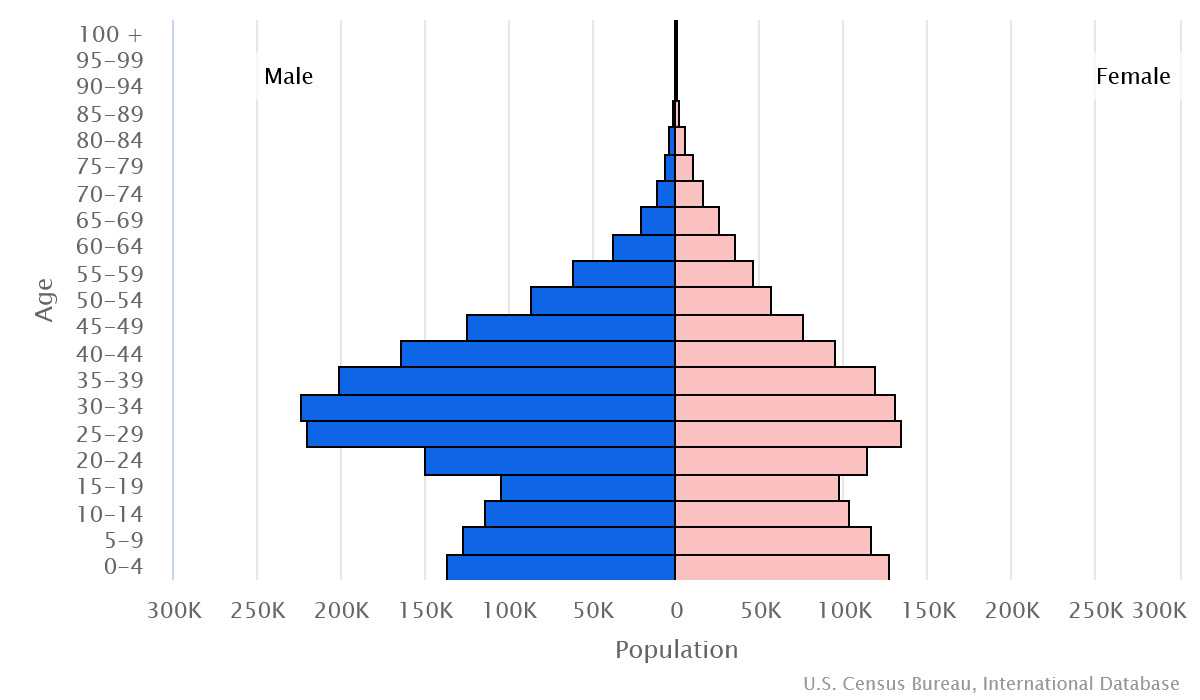Introduction
Background
Kuwait gained independence from the United Kingdom in 1961. Iraq attacked and overran Kuwait in 1990, but a US-led UN coalition liberated the country in 1991. The AL-SABAH family has ruled since 1991 and has reestablished an elected legislature that has become increasingly assertive.
Geography
Area
total : 17,818 sq km
land: 17,818 sq km
water: 0 sq km
Climate
dry desert; intensely hot summers; short, cool winters
Natural resources
petroleum, fish, shrimp, natural gas
People and Society
Population
total: 3,138,355
Ethnic groups
Kuwaiti 30.4%, other Arab 27.4%, Asian 40.3%, African 1%, other 0.9% (includes European, North American, South American, and Australian) (2018 est.)
Languages
Arabic (official), English widely spoken
Religions
Muslim (official) 74.6%, Christian 18.2%, other and unspecified 7.2% (2013 est.)
Population growth rate
1.1% (2024 est.)
Government
Government type
constitutional monarchy (emirate)
Capital
name: Kuwait City
Executive branch
chief of state: Amir Sheikh MISHAL al-Ahmad al-Sabah (since 16 December 2023)
head of government: Prime Minister AHMAD al-Abdullah al Sabah (since 15 May 2024)
Legislative branch
description: unicameral National Assembly or Majlis al-Umma (65 seats; 50 members directly elected from 5 multi-seat constituencies by simple majority vote and 15 ex-officio members (cabinet ministers) appointed by the amir; members serve 4-year terms)
Economy
Economic overview
small, high-income, oil-based Middle East economy; renewable energy proponent; regional finance and investment leader; maintains oldest sovereign wealth fund; emerging space and tourism industries; mid-way through 25-year development program
Real GDP (purchasing power parity)
$219.06 billion (2023 est.)
$224.057 billion (2022 est.)
$211.099 billion (2021 est.)
Real GDP per capita
$50,800 (2023 est.)
$52,500 (2022 est.)
$49,700 (2021 est.)
Agricultural products
tomatoes, dates, cucumbers/gherkins, eggs, milk, chicken, lamb/mutton, vegetables, potatoes, eggplants (2022)
Industries
petroleum, petrochemicals, cement, shipbuilding and repair, water desalination, food processing, construction materials
Exports
$95.476 billion (2023 est.)
$110.923 billion (2022 est.)
$77.121 billion (2021 est.)
Exports - partners
China 24%, India 15%, South Korea 11%, Japan 9%, Taiwan 7% (2022)
Exports - commodities
crude petroleum, refined petroleum, hydrocarbons, natural gas, acyclic alcohols (2022)
Imports
$63.43 billion (2023 est.)
$55.909 billion (2022 est.)
$48.954 billion (2021 est.)
Imports - partners
UAE 20%, China 16%, Saudi Arabia 9%, US 7%, Japan 4% (2022)
Imports - commodities
cars, gold, jewelry, garments, packaged medicine (2022)
Exchange rates
Kuwaiti dinars (KD) per US dollar -
Page last updated: Wednesday, July 24, 2024




